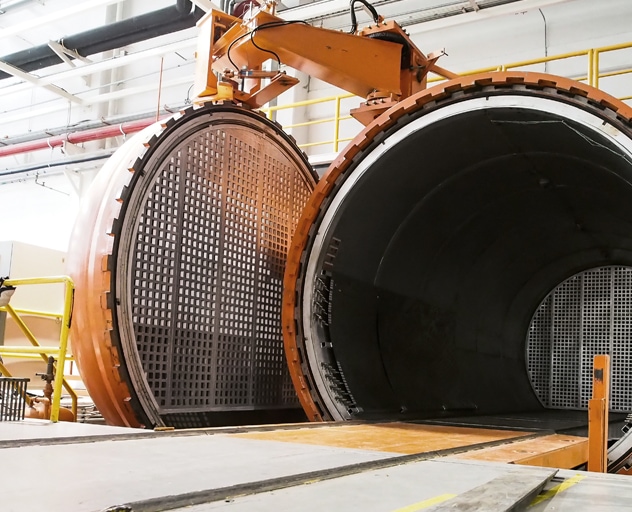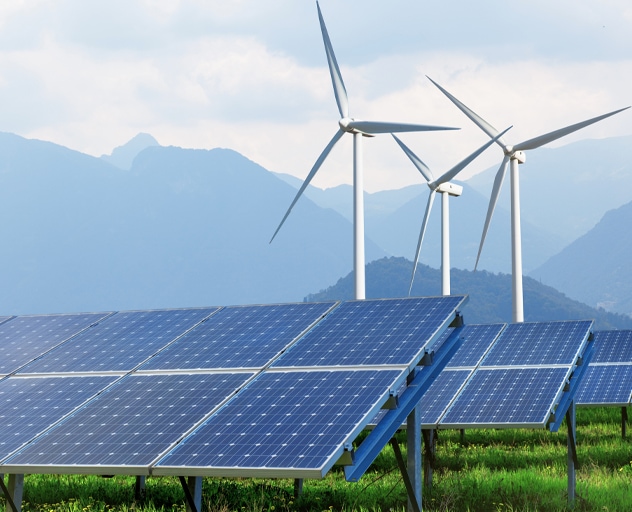Lowering the cost, carbon footprint of renewable energy generation
The renewable energy (wind/solar) market is growing rapidly vs. conventional energy production thanks to significant cost decreases driven by new materials, better manufacturing efficiencies, lower waste, and more efficient energy harvesting via new-generation photovoltaics and longer blades that capture more wind energy. Significant support at the governmental and non-governmental organization (NGO) levels are still needed to help renewables achieve cost parity with fossil fuels and nuclear, ensure product supply meets projected demand, and provide consumers and businesses with net-metering credits for supplementing the conventional energy grid. The grid itself is aging and needs upgrading to support the energy needs of smart cities/transportation, and to be hardened against the effects of climate change. Efforts to reduce energy during production of wind/solar products and facilitate reuse of those materials at end of product life are also needed.
Our contributions to the renewable energy industry
Our Solution
Cleaner, Greener Energy Generation
Reduce scrap and cycle time to lower costs and ensure product availability matches industry demand. Ensure larger blades and solar arrays meet more demanding performance requirements while providing longer service life. Facilitate the use of greener materials to reduce carbon footprint of products during manufacture and use life, then help support reuse of those materials at end of product life. Design closer to engineering limits of materials via more accurate materials characterization. Utilize digitization features to ensure traceability and transparency.
sensXPERT Digital MoldKey Benefits of our Solution
Reduce waste, cost, increase process capability to ensure enough product is available to meet industry need.
Lower Embedded Energy
Reduce cycle time, scrap, energy needs to produce more parts faster at lower cost and carbon footprint.
Reduce Costs
Reduce scrap, improve process efficiencies to produce more parts faster at more competitive cost.
Ensure Reliability
Design closer to engineering limits of materials to reduce mass and cost but ensure products meet structural requirements long-term in demanding environments.
Designed to optimize your processes

Autoclave Cure
Thermoset resin-impregnated fiber structures—either prestacked laminates of fabric (weaves, non-crimp fabrics (NCFs) or unidirectional (UD) tapes) preimpregnated with resin (prepreg) or dry fiber preforms with binder preshaped in a preforming tool then infused with resin via vacuum bagging or the vacuum-infusion process (VIP)— are cured in a single-sided tool inside a pressure vessel (autoclave) under modest pressures (up to 1 MPa) and temperatures. Autoclave cure produces light, thin, strong composite parts with good surfaces, very-low voids, high fiber-volume fractions (FVFs), and the highest mechanical performance, albeit in a process whose cycle time is measured in hours—usually with low automation. Owing to limited ability to manipulate fiber structures, shapes tend to be 2D or 2.5D. Metal inserts may be used .




